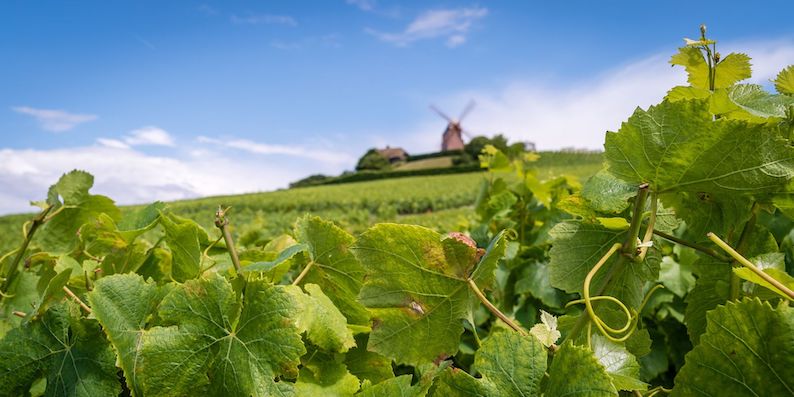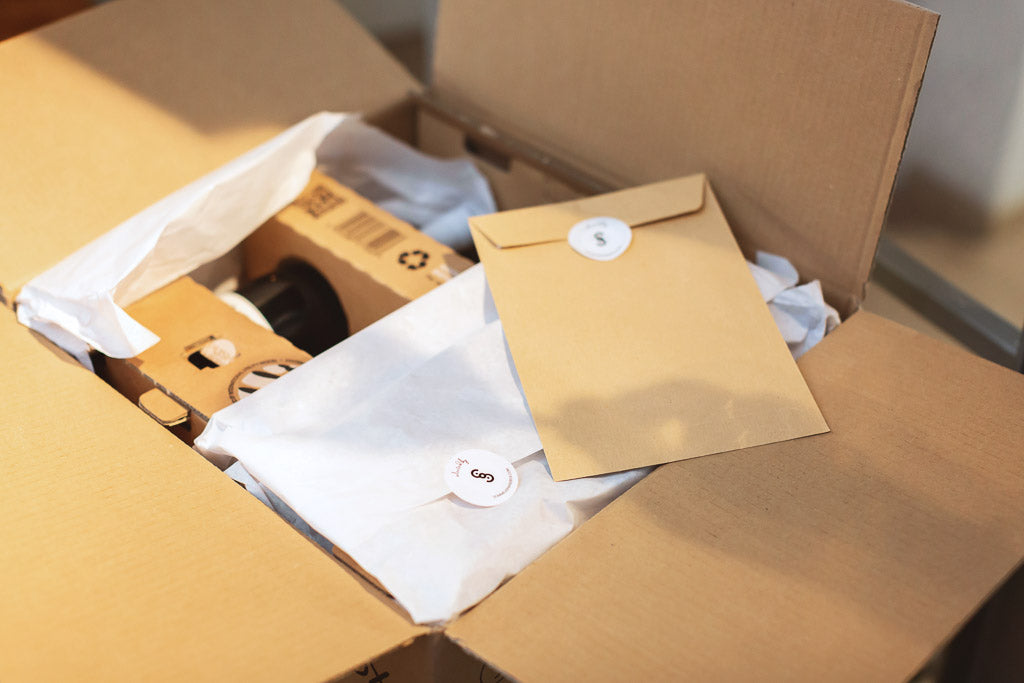Champagne: a wine and a territory, a history and a global myth. And hundreds of millions of bottles produced every year. Here's everything you need to know about Champagne.
Among enthusiasts and experts in the world of wine, it is rightly said that a wine reflects the climate and soil of the area from which it comes, the vines used and the winemaking techniques applied. It is the concept of terroir . Here, nowhere in the world as in Champagne, wine and territory create a synergy with a stainless charm, which is found so clearly inside the glass.
The soil and climate conditions and the character of the grapes play an important role, but there is more. In addition to the well-known savoir faire, what contributed to Champagne winning many challenges was the sense of belonging, well present in the past in the first vignerons and still present today in small and large maisons. This has created a transversal line of strength for the producers of the most famous bubbles in the world, providing ever new stimuli, also crucial for overcoming the fierce competition of emerging realities.
Brief history of viticulture in Champagne
The first vineyards in Champagne date back to the 4th century AD and are due to the expansion of viticulture from southern France, favored by the Romans. Between the 13th and 15th centuries there was a great expansion in the cultivation of black grape varieties in the villages of Mailly and Epernay: the unequal comparison, however, with the wines of Bordeaux and Burgundy led to the decline of red wine in Champagne, which also he was well known for still wines.
The turning point came in the seventeenth century when winemakers began to produce fresh and sparkling white wines from black grapes (what we now call Blanc de Noirs) with great care. The subsequent transition from the use of wooden barrels to glass bottles for transporting wine favors the maintenance of effervescence. This push is due to Dom Pierre Perignon (mythological father of the Champagne method, in fact), in the cellars of Hautervilles. The Benedictine monk studies the development of the vine, works on the concept of assembly by carefully selecting the grapes to mix before pressing, trying to obtain an increasingly clear wine, decanting it at the right time and using the cork stopper to retain the foam. Thus begins the legendary history of Champagne, which however only established itself in the world in the second half of the nineteenth century, thanks to the push given by industrialization and the consequent technical progress. At mid-century, 60% of the wines produced in Champagne were still standing.
The effervescence of the wines therefore becomes the identifying character for the entire region.
Champagne climate and soil
Nestled on the hills of the departments of Seine et Marne, Aisne, Marne Aube and Haute Marne, the Champagne vineyards are located at 49.5° north latitude, an extreme condition for viticulture. The climate is oceanic with continental influences and the average annual temperature is just over 10° C, while between July and January it rises to 16° C. The sunshine is concentrated between July and August, the most important months for slow maturation of the grapes, which brings a lively acidity to the wine, giving intense, fragrant and fruity aromas. Rainfall is moderate and well distributed over the different months. The soil is generally clayey and sandy, on a subsoil rich in chalk : this is a decisive element for the cultivation of vines, because it behaves as a perfect thermal and water regulator and does not allow excess humidity to form. This is the craie , the famous Champagne chalk: a friable and floury rock, composed of marine fossil microorganisms, dating back to the Upper Cretaceous (i.e. almost 100 million years ago).
The production philosophy
A great wine is born from great grapes: this is the production philosophy of Champagne. The bunches are treated with care and expertise, with manual harvesting and subsequent soft pressing . The pressing yield is regulated: a maximum of 2550 liters of juice can be obtained from 4000 kg of grapes. This, after an initial clarification , is sent to fermentation (separated according to the different vines), which is activated between November and January. Based on the choices of the maison, the wine can then be subjected to malolactic fermentation , followed by the assembly of different base wines to create the cuvée, a perfect fusion of the characters of different grapes, territories and vintages. Only if the grapes come from a single vintage , the label will report the term millesimé.
A note on malolactic fermentation: whether to do it or not is a choice made by the winery but it is not unique. There are also houses that do it partially or that blend wines that have done it with others that have not done it. The majority, however, opts to say yes to malolactic fermentation.
Champagne wine areas
The main wine-growing areas of Champagne are:
- Vallée de la Marne : the clayey soil favors the cultivation of Pinot Meunier , which in these vineyards manages to offer wines rich in fruity acidity, with hints of pear, apple and pine nut.
- Montagne de Reims : it is dominated by a chalk subsoil covered by clay outcrops, where Pinot Noir is perfectly at ease and manages to express great potential in acidity, a perfume of incredible elegance, with mineral and whitecurrant notes .
- Cote des Blancs and de Cezanne : they have soils very rich in pure chalk with outcrops of a particular clay, present only in these areas. This habitat is ideal for Chardonnay , which here reaches the highest levels of refinement, accompanied by elegant floral and citrus aromas and high freshness, minerality and flavor .
- Aube : in the south, near Chablis. In a calcareous soil mixed with clay, Pinot Noir reigns again, which here gives wines with a less elegant acidity than that of the wines of the Montagne de Reims, a more marked vegetal tone and a rather frequent note of wild berries.
The vines and wines of Champagne
The three main grape varieties grown in Champagne are:
- Chardonnay : covers approximately 29% of the total vineyard area. It is expressed with a greenish yellow color, a multifaceted aroma with notes of citrus and hawthorn and acacia flowers, lime, pineapple, wrapped in a refined mineral breath, a fresh and lively taste. These are the main traits of this vine which offers finesse, elegance and a discreet predisposition to ageing.
- Pinot Noir: the most cultivated grape, occupying 38% of Champagne vineyards. It gives hints of white currants, mineral notes and vegetal aromas.
- Pinot Meunier : covers 32% of the vineyard surface and is expressed with rich fruity notes, especially of pear and white peach, pine nut and ripe banana: it also offers good softness and acidity.
- Arbane and Petit Meslier : cultivated in a very small part in the Aube, they offer an incisive freshness and tart fruity notes, now almost abandoned because they are rarely able to give satisfactory results.
The numbers of Champagne
Every year 300 million bottles of Champagne are sold, equal to approximately 4.2 billion euros.
Still wines in Champagne
Few people know it but there is indeed a production of still wines in Champagne. In the provinces of Reims, Troyes and Épernay there is a tradition of still wines, which has resisted over the centuries and today continues in the appellation d'origine controllée (AOC) Coteaux-Champenois. This remains a small market niche, equal to 0.05% of overall Champagne production.
Over the centuries, it has been maintained out of tradition and pride and today, thanks to climate change, some new cards can be played, due to the easier maturation of the grapes. These are red, white or pink wines with a low alcohol content, very drinkable, with a strong acid profile, not without evolutionary capacity.
How to pair Champagne
Due to its elegance and great versatility, Champagne is a wine that can be combined very easily. In particular, here are our suggested pairings:
- lightly smoked fish (salmon, trout or eel) served on toast, in pâté, steamed or marinated on mini skewers or sticks (sea bass, sea bream, salmon...), tarama, trout or salmon roe blinis;
- shellfish (mussels, nuts, sea snails) and freshly salted pan-fried shrimp;
- vegetable crudités (cherry tomatoes, radicchio, carrot sticks, celery, endive…)
accompanied by a sauce based on white cheese or yogurt with a touch of chives, tarragon, parsley and mint; - vegetables tempura;
- goose liver on pain d'épices toast, bone-in ham skewers with pineapple, plums and bacon.




